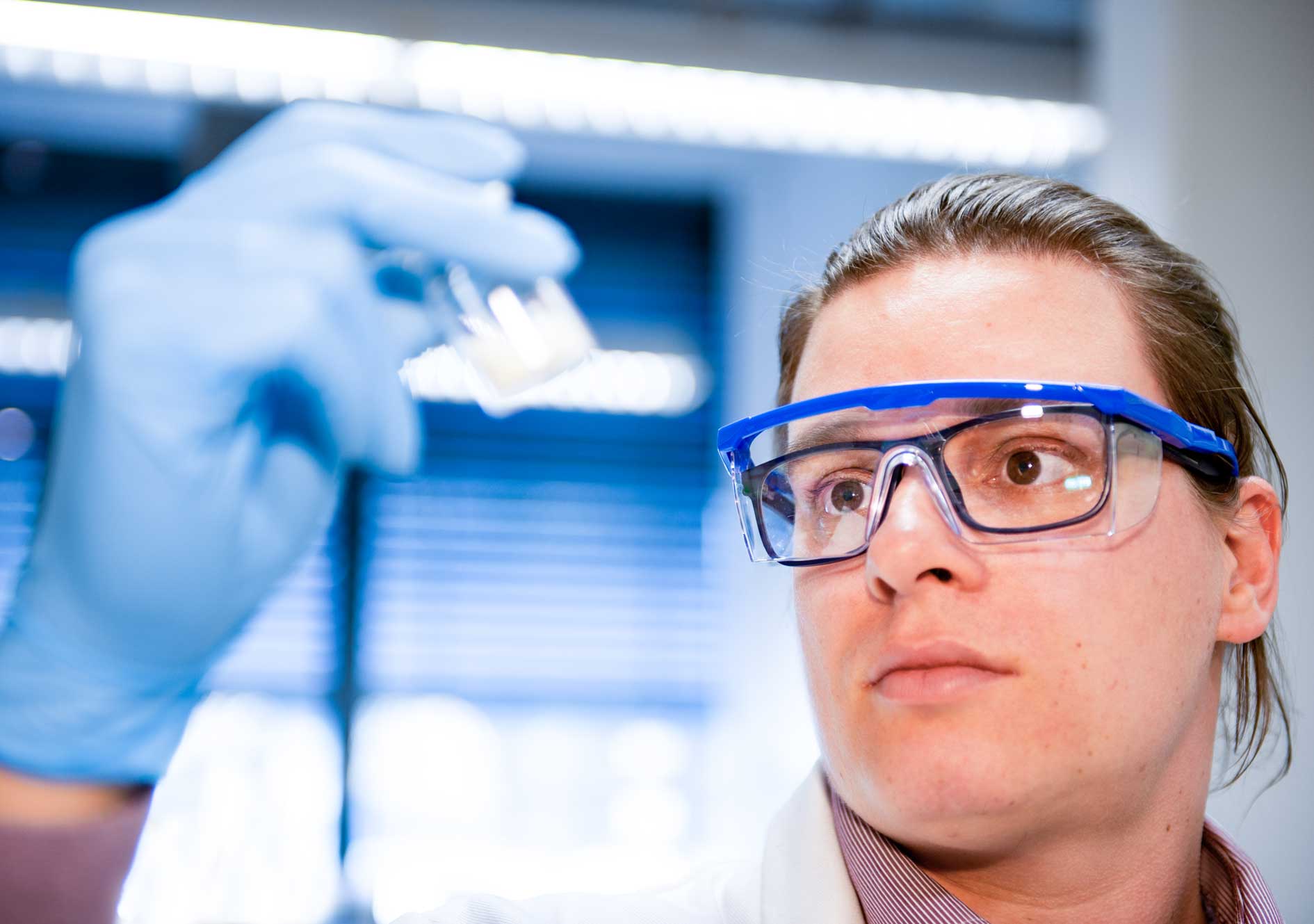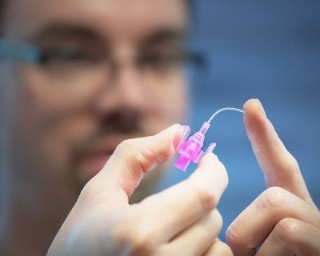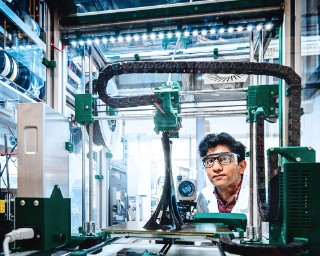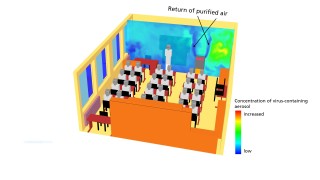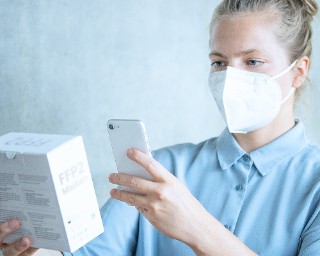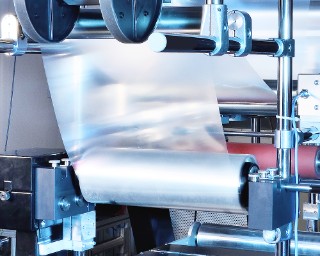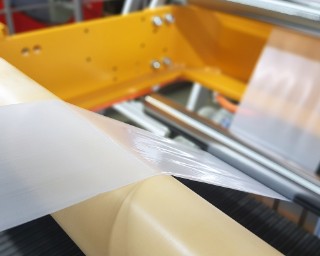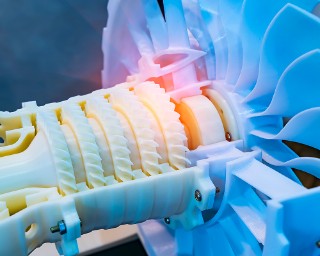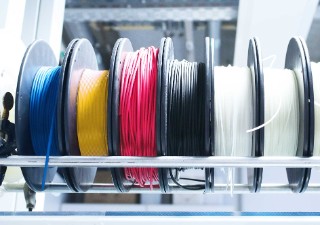
3D printing is becoming increasingly important in the manufacture of prototypes and the production of final components. Additives such as colorants and fragrances, fillers and lubricants or biocides give the printed plastic objects individual functional properties. Incorporating these additives into the plastic is often not easy, as many additives are not suitable for the filament-based 3D printing process. The SKZ and the Fraunhofer Institute for Applied Polymer Research IAP are therefore using microencapsulation to make a wide range of additives available for 3D printing filaments.
more info